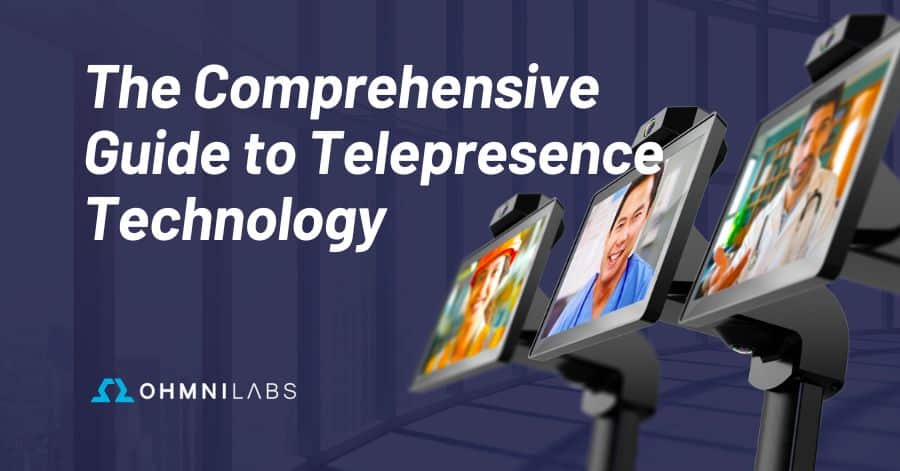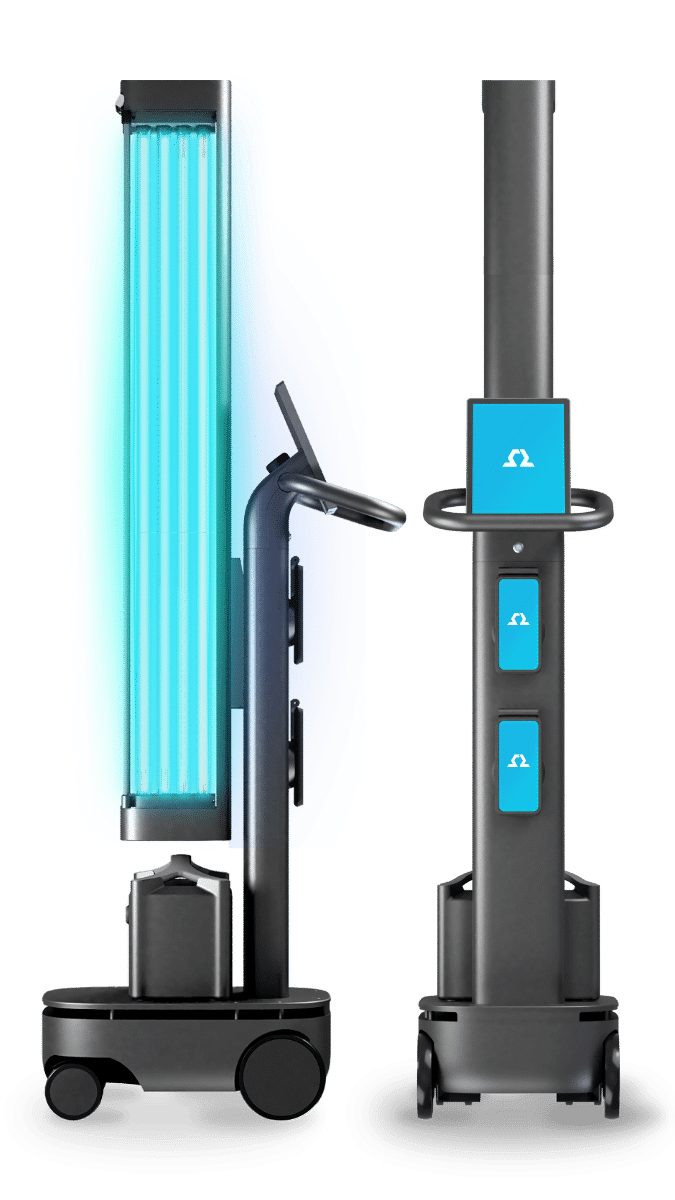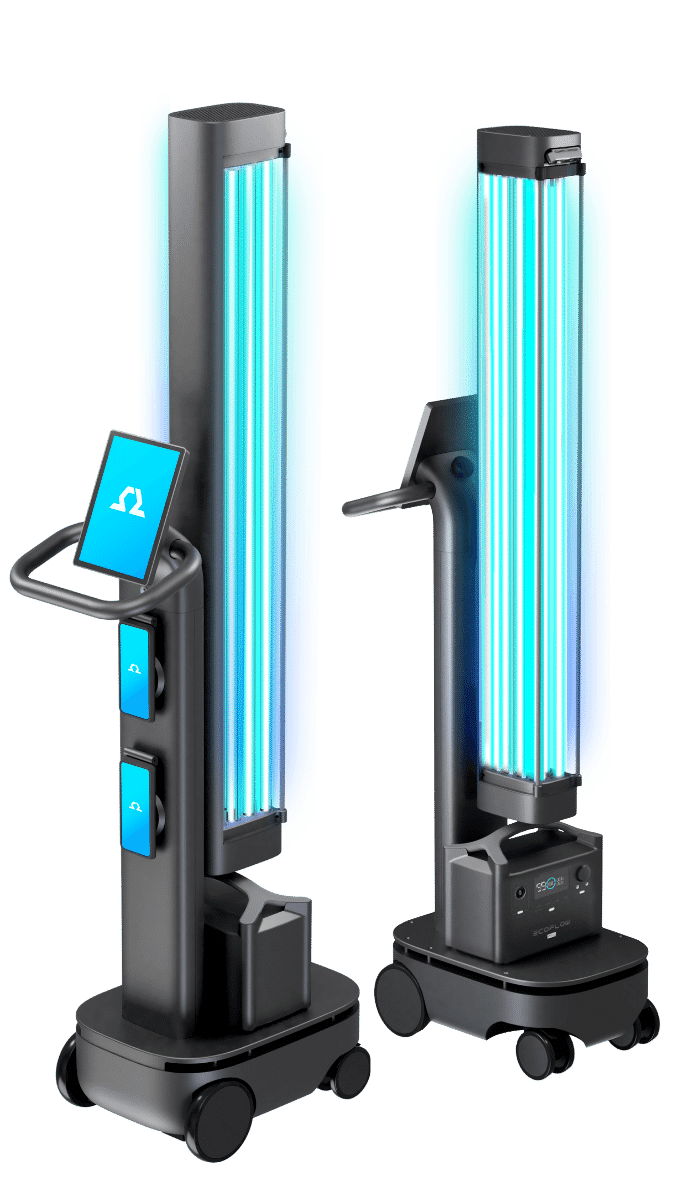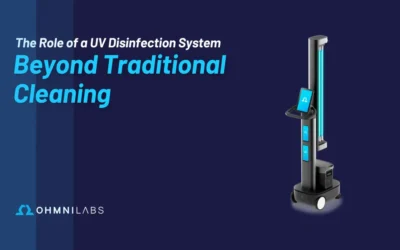Introduction
Telepresence technology is a revolutionary approach to virtual communication that has taken the world by storm. It allows individuals to feel as if they are present in a remote location, without actually physically being there. This technology has tremendous potential to transform the way we interact with one another, especially in the post-COVID world. In this article, we will explore the concept of telepresence, its benefits, applications, and challenges. We will also explore the different categories of telepresence technology, focusing on telepresence robots, which have revolutionized the way we interact with one another from afar.
What is Telepresence?
Telepresence is an advanced technology that allows individuals to interact with others in a remote location as if they were physically present there. It is essentially a high-tech, interactive video conferencing system that utilizes cutting-edge cameras, microphones, robotics, and other inputs to create a lifelike experience. Telepresence systems can be used in various settings, from business meetings to medical consultations, and education to entertainment.
Types of Telepresence
This article explores the different categories of telepresence technology, focusing on telepresence robots, which have revolutionized the way we interact with one another from afar.
Video Conferencing
Video conferencing is perhaps the most widely recognized form of telepresence technology. It allows users to have real-time audio and video communication with others, regardless of their location. This form of telepresence is typically used for remote meetings, distance learning, and virtual social events. With the advent of applications such as Zoom, Microsoft Teams, and Google Meet, video conferencing has become increasingly accessible to both individuals and organizations.
Holographic Telepresence
Holographic telepresence takes remote communication to another level by creating 3D, life-size representations of people in different locations. This technology utilizes a combination of advanced cameras, projection systems, and holographic displays to create realistic, interactive images. The holograms can be manipulated in real-time, giving participants the ability to make eye contact, gesture, and engage in conversations as if they were in the same room. While this technology is still in its nascent stages, its potential applications are vast, ranging from business meetings and educational seminars to entertainment events and virtual tourism.
Virtual Reality (VR) Telepresence
Virtual reality telepresence involves the use of VR headsets and immersive environments to transport users into a shared virtual space. By wearing a VR headset, participants can experience the sensation of being present in the same location, even though they are physically apart. Users can interact with the environment and each other through avatars, providing a more immersive and interactive experience than traditional video conferencing. This technology has found applications in gaming, remote collaboration, virtual training, and therapy.
Telepresence Robots
Telepresence robots are remote-controlled robotic devices that provide users with a physical presence in a distant location. Equipped with cameras, microphones, and speakers, these robots allow users to see, hear, and communicate with their surroundings in real time. Telepresence robots come in various forms, including mobile platforms with screens, humanoid robots, and even specialized devices for specific industries.
Mobile Telepresence Robots
Mobile telepresence robots are wheeled devices with mounted screens that display the user’s face in real-time. These robots can be remotely controlled, allowing the user to navigate and explore different environments. This type of telepresence robot is particularly popular in office settings, enabling remote employees to attend meetings, collaborate with colleagues, and participate in events as if they were physically present. They are also highly utilized in allowing patients to remain connected to care providers and loved ones.
Humanoid Telepresence Robots
Humanoid telepresence robots closely resemble humans in appearance and movement, providing a more engaging and interactive experience. These robots are often used when a human-like presence is necessary, such as providing companionship for elderly individuals or serving as a remote proxy for public speaking engagements.
Industry-Specific Telepresence Robots
Certain telepresence robots are designed for specific industries or tasks, such as remote surgery, hazardous environment exploration, and remote maintenance. For example, telemedicine robots allow healthcare professionals to examine and treat patients from a distance by incorporating special monitoring and tracking devices. Robots designed for hazardous environments can provide a safer alternative for humans in dangerous situations.
Benefits of Telepresence
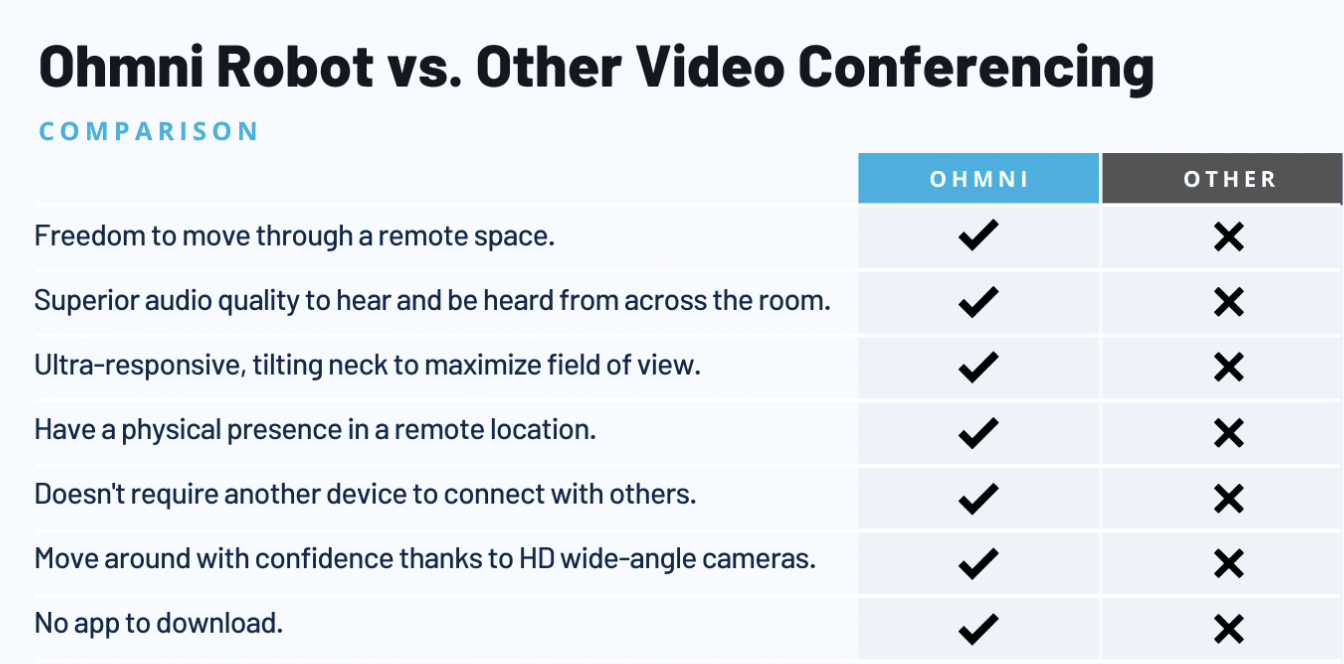
Telepresence offers a range of benefits for remote collaboration, including:
Improved Communication and Collaboration
Telepresence enables teams to collaborate as if they were in the same room, providing a more natural and productive environment for remote collaboration. It enables participants to see and hear each other clearly, share documents and data, and even collaborate on virtual whiteboards, enhancing the overall collaborative experience.
Reduced Travel Costs and Environmental Impact
One of the most significant advantages of telepresence is that it eliminates the need for travel, reducing travel expenses, and carbon footprint. It is particularly beneficial for international or remote teams, who would otherwise need to travel long distances to attend meetings or conferences.
Increased Productivity and Efficiency
Telepresence enables teams to collaborate more efficiently, reducing the time and effort required to complete projects. It also enables participants to work remotely without sacrificing productivity or quality, allowing teams to work more flexibly and efficiently.
Applications of Telepresence
Telepresence has several applications, some of which are:
Teleconferencing
Teleconferencing is perhaps the most common application of telepresence technology. It allows people in different locations to communicate with each other in real-time, as if they were in the same room. This can help businesses reduce travel expenses, boost productivity, and foster better communication.
Telemedicine
Telemedicine is the practice of providing healthcare services remotely. Telepresence can help healthcare providers and patients to connect virtually, reducing the need for in-person consultations, saving time and resources. It also enables remote patients to receive medical advice and care from qualified healthcare professionals without leaving their homes.
Telecommuting
Telecommuting refers to working remotely, away from the traditional office environment. Telepresence technology can facilitate this by enabling employees to connect with their coworkers and managers virtually, attend meetings, and collaborate on projects.
Education and Training
Tele-education is the use of telepresence technology to deliver educational content remotely. This can be especially useful in situations where students cannot attend in-person classes, such as during pandemics, or for students in remote areas. Telepresence technology can provide access to high-quality educational resources and expert teachers.
Telepresence is also used in education and training, enabling remote learners to participate in virtual classrooms and training sessions. It is particularly beneficial for learners who are unable to attend in-person classes due to distance or scheduling constraints.
Business Meetings and Conferences
Telepresence is widely used in business settings, enabling teams to conduct virtual meetings and conferences remotely. It is particularly beneficial for international or remote teams, who would otherwise need to travel long distances to attend meetings or conferences.<
Challenges and Limitations of Telepresence
While telepresence offers a range of benefits, it also has some challenges and limitations to consider.
High Cost of Equipment and Infrastructure
Telepresence technology can be more expensive than other solutions such as video conferencing. This can be a barrier for smaller businesses or organizations that may not have the resources to invest in this technology. That said, ZDNet regularly rates telepresence solutions and has ranked Ohmni Telepresence Robot the best budget telepresence robot for years in a row.
Technical Issues and Connectivity
Telepresence technology requires a stable and reliable internet connection to function properly. Technical issues such as connectivity problems or software glitches can impact the user experience and disrupt remote collaboration.
Lack of Personal Interaction
While telepresence can provide an immersive experience, it cannot completely replicate the experience of in-person interaction. This lack of personal interaction can impact the quality of communication and collaboration and may be particularly challenging for teams that rely heavily on nonverbal cues.
Security and Privacy Concerns
Telepresence systems transmit sensitive data and information over the internet, making them vulnerable to security breaches and cyber-attacks. Users need to ensure that their systems are secure and protected from unauthorized access.
Telepresence technology has transformed the way we communicate, collaborate, and engage with one another, regardless of physical distance. From video conferencing to holographic telepresence, and from virtual reality to telepresence robots, these advancements enable a level of interaction and presence that was previously unimaginable. As this technology continues to evolve, we can expect even greater opportunities for remote collaboration, education, and socialization. The expansion of telepresence technology has the potential to reduce travel costs and environmental impact, improve access to resources and expertise, and create new possibilities for human interaction in a rapidly changing world.
The Future of Telepresence Technology
The future of telepresence is promising, with rapid advancements in technology and the increasing need for remote communication. The COVID-19 pandemic has accelerated the adoption of telepresence technology, as more and more people are forced to work and communicate remotely. As technology improves and becomes more affordable, telepresence is likely to become even more widespread and accessible.
In the future, we may see telepresence technology used in more creative and innovative ways, such as in virtual tourism, remote shopping experiences, and even in sports and entertainment. As telepresence becomes more realistic and immersive, it may even challenge the need for physical travel and in-person experiences. Emerging technologies such as virtual reality and augmented reality are likely to play a significant role in the development of telepresence, offering more immersive and engaging experiences for remote collaboration.
Here are 7 trends that will shape the future of telepresence:
Increased Accessibility and Affordability
As the demand for telepresence solutions grows, it is expected that the technology will become more accessible and affordable for a wider range of users. This will result in increased adoption across various sectors, including education, healthcare, and business.
Integration with Emerging Technologies
Telepresence technology is likely to be integrated with other emerging technologies, such as artificial intelligence (AI) and the Internet of Things (IoT). This integration will lead to more intelligent and responsive telepresence systems, capable of adapting to users’ needs and providing more immersive experiences.
Enhanced User Experience
Future advancements in telepresence technology will focus on enhancing the user experience by improving audio and video quality, reducing latency, and refining interaction capabilities. These improvements will make remote communication feel more natural and seamless, further closing the gap between physical and virtual presence.
Customizable Telepresence Solutions
As telepresence technology matures, we can expect to see more customizable solutions tailored to specific industries and user requirements. This will enable organizations to adopt telepresence systems that best suit their unique needs and preferences.
Potential Challenges and Ethical Considerations While telepresence technology offers numerous benefits, it also raises some potential challenges and ethical considerations:
Privacy and Security
The increased use of telepresence technology raises concerns regarding privacy and security. Ensuring that remote communication is secure and safeguarding users’ personal information will be paramount in maintaining trust in these systems.
Social Implications
The widespread adoption of telepresence technology may have social implications, such as the potential for reduced face-to-face interaction and an increased reliance on virtual communication. It is essential to strike a balance between the convenience of remote communication and the importance of physical human connection.
Employment and Economic Implications
The introduction of telepresence technology in various industries may lead to changes in employment patterns and economic structures. For example, the increased use of telemedicine robots could affect the demand for healthcare professionals, while the adoption of telepresence robots in hazardous environments could change the nature of work in those industries.
Conclusion
Telepresence technology has transformed the way we communicate, collaborate, and engage with one another, regardless of physical distance. From video conferencing to holographic telepresence, and from virtual reality to telepresence robots, these advancements enable a level of interaction and presence that was previously unimaginable. As this technology continues to evolve, we can expect even greater opportunities for remote collaboration, education, and socialization. The expansion of telepresence technology has the potential to reduce travel costs and environmental impact, improve access to resources and expertise, and create new possibilities for human interaction in a rapidly changing world.
Want to see a telepresence robot in action? Click here to schedule a demo.
FAQs
What is telepresence technology?
Telepresence technology refers to a range of communication technologies that enable individuals to interact with others in remote locations as if they were physically present. It encompasses video conferencing, holographic telepresence, virtual reality telepresence, and telepresence robots.
What are telepresence robots, and how do they work?
Telepresence robots are remote-controlled robotic devices that provide users with a physical presence in a distant location. They are equipped with cameras, microphones, and speakers, allowing users to see, hear, and communicate with their surroundings in real-time. Telepresence robots come in various forms, including mobile platforms with screens, humanoid robots, and industry-specific devices.
What are the advantages of telepresence?
Telepresence offers improved communication and collaboration, reduced travel costs and environmental impact, and increased productivity and efficiency.
What industries use telepresence technology?
Telepresence has applications in a range of industries, including business, education and training, and healthcare.
What are the challenges and limitations of telepresence?
Telepresence technology can be expensive, technical issues and connectivity problems can impact the user experience, and it cannot completely replicate the experience of in-person interaction.
What is the future of telepresence?
The future of telepresence is promising, with continued advancements in technology and infrastructure, including emerging technologies such as virtual reality and augmented reality.
